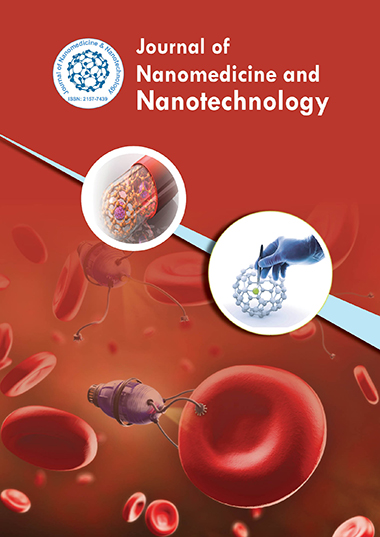索引于
- 打开 J 门
- Genamics 期刊搜索
- 学术钥匙
- 期刊目录
- 研究圣经
- 中国知网(CNKI)
- 西马戈
- 乌尔里希的期刊目录
- 电子期刊图书馆
- 参考搜索
- 哈姆达大学
- 亚利桑那州EBSCO
- OCLC-WorldCat
- SWB 在线目录
- 虚拟生物学图书馆 (vifabio)
- 普布隆斯
- 米亚尔
- 科学索引服务 (SIS)
- 欧洲酒吧
- 谷歌学术
分享此页面
期刊传单

抽象的
Regulation of Antimicrobial Silver Nanoparticles
Russo Valentina
Due to its capacity to combat bacteria, fungus, and yeasts, nanosilver is one of the most well-known nanomaterials. These microorganisms cause material degradation, food and feed spoilage, nosocomial infections, and food poisoning. From a regulatory standpoint, we provide insights into antibacterial silver nanoparticles in the current review. The biocidal substance, silver ions, is released from silver nanoparticles. Because of this manner of action, regulators find it challenging to assess the risks associated with silver nanoparticles. The state of the art, toxicological effects, and risk assessment of nanosilver (as a silver ion releasing technique) are covered in this article. Last but not least, the advantages of incorporating silver nanoparticles in consumer goods are contrasted with the regulatory difficulties in bringing such products to market.